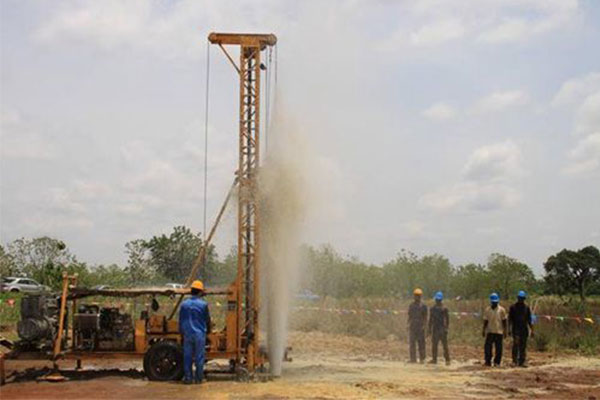How Does a Water Well Drilling Rig Work?
Water is one of the most precious resources on our planet, and accessing it efficiently is crucial, especially in areas where conventional water supply systems are scarce or unreliable. This is where water well drilling rigs play a pivotal role. But how exactly do these rigs work? Let’s delve into the intricacies of their mechanics and operation.

What is a Water Well Drilling Rig?
A water well drilling rig is a specialized piece of equipment designed to bore into the earth’s surface to access groundwater reservoirs. These reservoirs are often found deep underground and are tapped into to provide water for various purposes, from irrigation to residential and industrial consumption.
Components of a Water Well Drilling Rig:
- Drill Bit: At the heart of the drilling process is the drill bit, which is responsible for cutting through the earth’s surface. Drill bits come in various sizes and designs depending on the geological composition of the terrain.
- Drill Pipe: The drill pipe serves as the conduit through which the drill bit penetrates the ground. It is typically a series of interconnected hollow pipes that transmit the rotational force from the surface to the drill bit.
- Rotary System: Most modern water well drilling rigs employ a rotary system, where the drill bit is rotated at the bottom of the well bore by a rotary table or top drive system. This rotation facilitates the penetration of the drill bit into the earth.
- Mud Circulation System: As drilling progresses, a mixture of water or drilling fluid, known as mud, is circulated down through the drill pipe and out of the drill bit. This serves several purposes, including cooling the drill bit, carrying away cuttings from the borehole, and stabilizing the well bore.
- Hoisting System: The hoisting system is responsible for raising and lowering the drill string as needed. It typically consists of a winch or hoist mechanism located on the drilling rig.
The Drilling Process:

Now that we understand the components let’s walk through the process of drilling a water well:
- Site Preparation: Before drilling commences, the drilling site must be prepared. This involves clearing the area, setting up the drilling rig, and securing any necessary permits.
- Drilling: Once the site is prepared, the drilling rig is positioned over the intended location of the well. The drill string, consisting of the drill bit and drill pipe, is then lowered into the borehole, and drilling begins.
- Monitoring and Control: Throughout the drilling process, various parameters such as drilling depth, mud flow rate, and pressure are monitored and controlled to ensure efficient and safe drilling operations.
- Completion: Once the desired depth is reached, the drill string is removed from the borehole, and the well is typically cased to prevent collapse and contamination. A pump may also be installed to extract water from the well.
Conclusion:
Water well drilling rigs are indispensable tools for accessing groundwater resources efficiently and sustainably. By understanding the mechanics of how these rigs work, we can appreciate the intricate process involved in bringing this precious resource to the surface. Whether for agricultural, residential, or industrial use, water well drilling rigs play a vital role in ensuring access to clean and reliable water sources.

